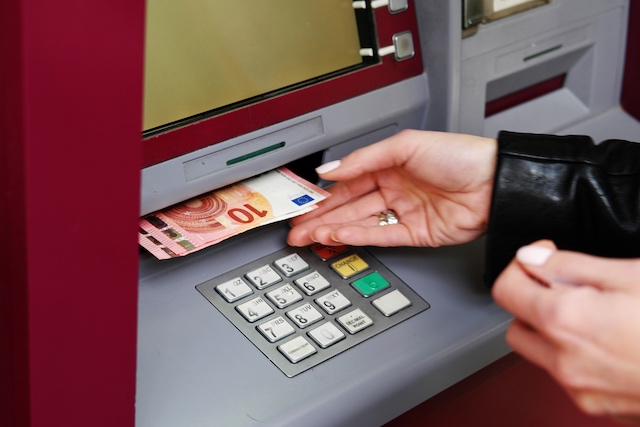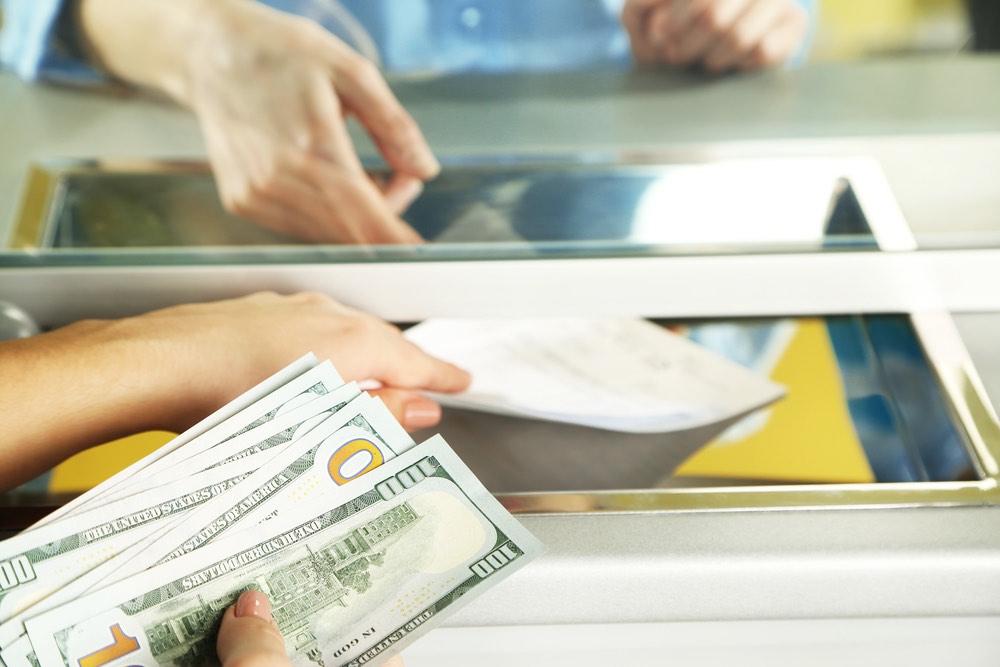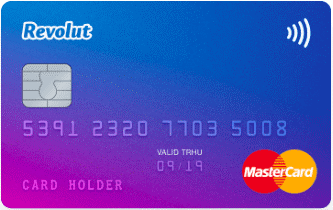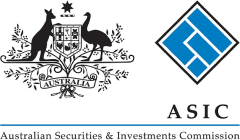
Whether you're planning a European escapade, an Asian adventure, or a trip to the US, understanding overseas ATM fees is essential for every Australian traveller.
The most common ATM fees we found during our research are
- A flat fee of $5
- 3% of the transaction value
- An exchange rate margin that varies between 3% and 15%
So if you are taking out $100 worth of currency overseas, you are most likely paying over $10 in bank fees if you use an Australian bank card.
In this guide, we'll outline different types of fees you might encounter, how various banks handle these charges, and how to minimise or avoid them using options such as travel debit cards, travel credit cards and prepaid travel cards.
The different types of ATM Fees outside of Australia
When you withdraw money from an ATM overseas, you may be charged fees that can quickly add up. These fees include:
- Currency conversion fees: A percentage of the transaction for converting AUD to the local currency.
- International ATM fees: Charged by your bank for using a non-network ATM.
- Local ATM operator fees: Fees imposed by the local ATM operator, which can vary depending on the country and provider.
How Almost Every Bank in Australia Handles Overseas ATM Fees
Different banks and financial institutions have their own policies and fee structures for overseas ATM withdrawals. It's essential to compare the options before you travel.
Major Australian Banks
Big banks like ANZ, Commonwealth Bank, NAB, and Westpac generally charge both currency conversion fees and international ATM fees. Some of these banks have partner banks abroad, which may waive or reduce the fees.
Commonwealth Bank ATM Fees Overseas:
If you are using your Debit Mastercard or Keycard overseas, you'll cop a $5 fee PLUS 3% of the transaction value. For credit cards, it's not much better with $3.00 or 3.00% of transaction value, whichever is greater.
ANZ ATM Fees Overseas:
Sadly, ANZ is no better than the CBA. They also have a $5 fee to use an ATM overseas plus 3% of the transaction value.
NAB Bank ATM Fees Overseas:
Most, but not all NAB cards carry a $5 transaction fee and 3% of the transaction value when you use an ATM overseas. You also get charged a $1 fee if you dare check your balance at an ATM.
Westpac ATM Fees Overseas:
While you will still have to pay a 3% foreign transaction fee on Westpac debit cards, you can avoid the ATM fee if you use a machine that's part of the Global ATM Alliance. Otherwise you have to pay the flat $5 fee like every other bank.
Online Banks and Neobanks
Online banks and neobanks like ING, Up, and Ubank often have lower fees and may even waive international ATM fees, making them an attractive option for travellers.
Credit Unions and Building Societies
Credit unions and building societies may have lower fees than major banks. However, their international ATM access and fee structures can vary, so it's crucial to research before you go.
Revolut Card Offer
Sign up and get a $15 top-up. For new customers only, T&Cs apply.
Tips to Minimise or Avoid Overseas ATM Fees
Opt for a Travel-friendly Bank Account
Choose a bank account that offers low or no fees for international ATM withdrawals. Wise (formerly TransferWise) offers a borderless account with a debit card that converts currencies at the real exchange rate with low fees.
Utilise Prepaid Travel Cards
Prepaid travel cards like the Travelex Money Card and the Revolut card allow you to load multiple currencies, locking in exchange rates, and often have lower or no fees for ATM withdrawals.
Know Your Partner Banks
Research your bank's partner banks in the countries you're visiting to potentially save on fees.
Withdraw Larger Amounts Less Frequently
To reduce the number of fees you pay, withdraw larger amounts of cash less often, but make sure to store your cash securely.
Monitor Your Bank's Fee Changes
Stay updated on any fee changes your bank may implement. Some banks may offer promotional periods with reduced fees, so keeping an eye on your bank's announcements can help you take advantage of lower costs.
Consider Dynamic Currency Conversion (DCC)
When using an ATM overseas, you may be offered the option of dynamic currency conversion (DCC). This service lets you see the withdrawal amount in AUD instead of the local currency.
While knowing the exact cost in your home currency can be helpful, DCC typically comes with higher exchange rates and additional fees. It's generally better to choose to be charged in the local currency to avoid these extra costs.
Use ATMs Inside Banks or Reputable Establishments
When withdrawing cash, opt for ATMs located inside banks or reputable establishments. These ATMs are less likely to have hidden fees and often offer better exchange rates.
Research Local ATM Networks
Before travelling, research the local ATM networks in your destination country. Some networks may have lower fees or better exchange rates. By familiarising yourself with these networks, you can make more informed decisions when withdrawing cash abroad.

Alternative Methods to Access Your Cash Abroad
Bring Your Own Cash: Money Exchanges and Services
Consider exchanging your AUD for the local currency before you leave through money exchange services like smoney.com.au or Travelex. Having cash on hand can save you on ATM fees and help you avoid situations where ATMs are scarce or unreliable.
Travellers Cheques
Although less common, travellers cheques can still be a secure way to carry money overseas. Ensure you have a list of locations where they can be cashed or exchanged.
Credit Cards with No Foreign Transaction Fees
Some credit cards have no foreign transaction fees, making them a good option for overseas spending. Just be mindful of cash advance fees if you use them at an ATM.
Mobile Wallets and Digital Payments
Digital payment options like Apple Pay, Google Pay, or Samsung Pay can help you avoid ATM fees altogether. Check if your bank supports these services and if they're widely accepted in your destination country.
Plan Ahead and Save on Your Next Trip
Understanding overseas ATM fees and exploring alternative options can save you a significant amount of money on your next trip. By considering travel-friendly bank accounts, prepaid currency cards, and low cost travel debit cards like the Wise Travel Card, Travelex Money Card, and Revolut card, you can minimise fees and have more money to spend on unforgettable experiences. Remember to research partner banks and local currency exchange options like smoney.com.au to maximise your savings further. Safe travels!




